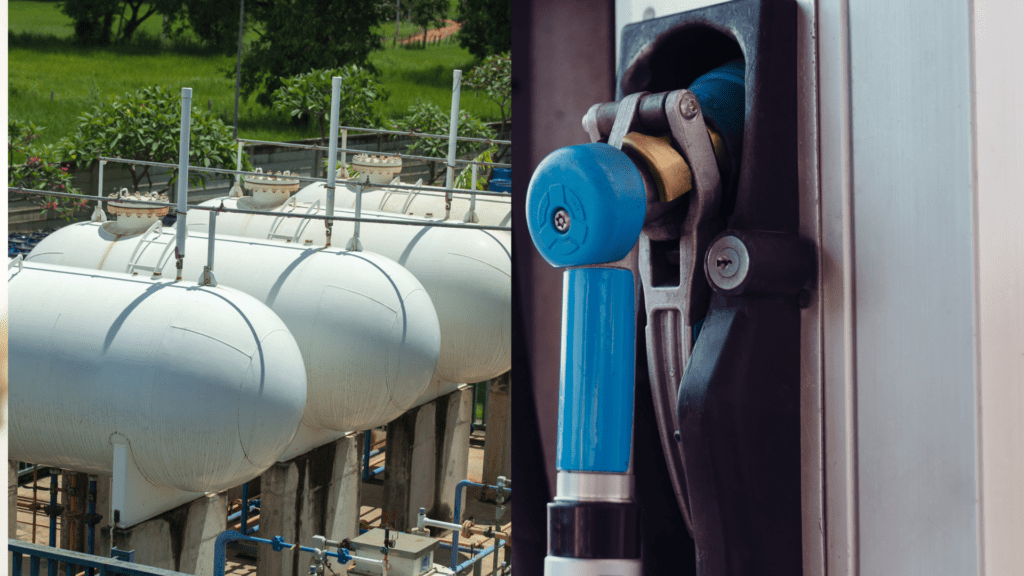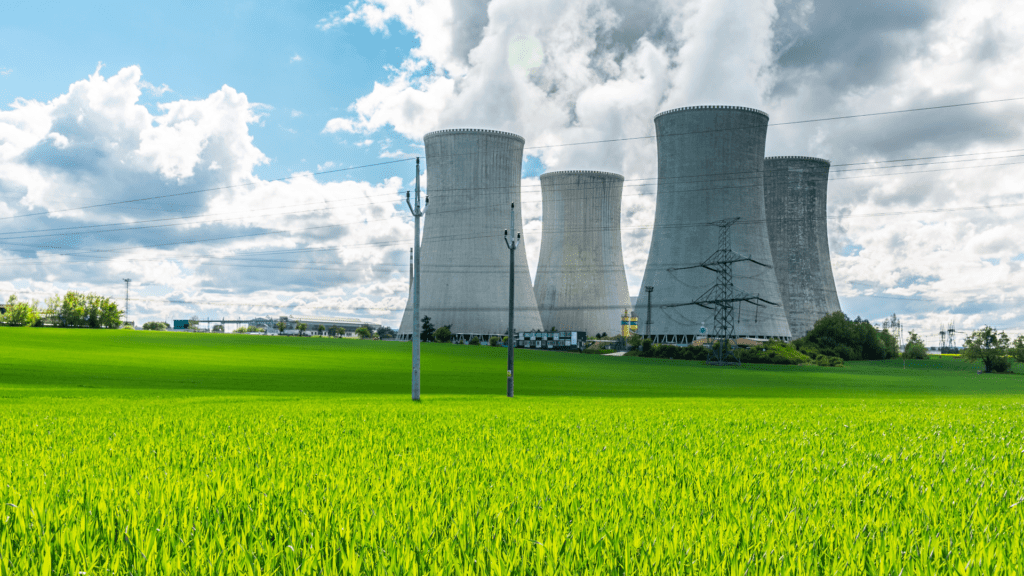Could We Run LPG Vehicles On Liquefied Methane Gas?
Although Liquefied Petroleum Gas (LPG) was
recognised as a fuel option in 1910, it wasn’t until the 1973 global oil crisis
that it became a viable option for retail use.
As LPG became more widely available as a more
affordable and environmentally friendly fuel for cars in the early 1990’s and 2000’s,
hundreds of thousands of Australians converted their cars to run on LP
Gas.
However, the number of LPG cars has been falling
for the past ten or so years; in 2013, there were about 500,000 LPG cars driving
around on our roads. Automotive LPG
sales have decreased over the past decade and now it only makes just 2% of all
automotive fuels sold in Australia.
This info was in a report that I think came out from the NRMA.
The report continued by stating that the
government provided rebates to owners who installed LPG systems on their cars
or bought new LPG-fueled models, and that the market for dual fuel and full-LPG
aftermarket systems exploded in the 2000s. But in 2014, the rebate offer was
dropped due to years of poor participation. An excise was imposed in 2011 with
a starting price of 2.5 cents per litre; as of right now, it is 1.36 cents.
This lessened the cost benefits of LPG at a time when newer gasoline and diesel
cars were becoming more fuel-efficient.
The technical sophistication of vehicle design has
also increased. Basic LPG installation kits, for example, relied on
straightforward electronic interface systems to work with the electronics of
the vehicle and plenty of boot space to store the tank underneath or in the
back. The readily available “one size fits all” kits turned out not
to fit very many cars.
So now, I’m thinking about all of those LPG vehicles
and why couldn’t we run them on Liquefied Methane Gas. Australia has a huge amount of Methane
beneath our feet, especially in NSW.
Vehicles with internal combustion engines can run
on alternative fuels like liquefied petroleum gas (LPG) and that’s a proven
fact. I’m thinking that theoretically, liquefied
methane gas (LMG) should be able to be run in an LPG Vehicle. There would
surely be some compatibility and comparable performance with the two
options? The problem is though, they
have much different qualities and attributes.
LMG is primarily made up of methane (CH4), whereas
LPG is a blend of propane and butane.
Because LMG has a higher energy density than LPG, it can store more
energy per unit volume. LMG has lower emissions than LPG because it emits less
CO2 and only a trace amount of other pollutants when burned.
But when it comes to LMG, it’s not all beer and
skittles. LMG has certain drawbacks in
comparison to LPG. Compared to LPG, LMG requires a higher pressure and a lower
temperature to liquefy, requiring more sophisticated and costly delivery and
storage systems.
In addition, LMG has a lower octane rating than
LPG, making it more likely to cause engine knocking or detonation, which can
harm the engine and decrease its efficiency.
As a result, we can’t go out and start filling up
LPG vehicles with LMG. Cars designed to
run on LPG will need to run on LPG.
Getting an LPG vehicle to run on LMG would not be easy at all.
The get a vehicle with an LPG set-up to run on
LMG, these cars would require modifications to its fuel system, engine, and
emission control system in order to accommodate the special features and
characteristics of LMG. Let’s be honest, none of that sounds cheap at all.
It would also depend on the cost and benefits to
the environment of using LMG instead of LPG, as well as how readily available
and easily accessible LMG is as a fuel source.
In conclusion, it might be possible to substitute
LMG in vehicles that have been made for LPG, but it is not going to be
practical from what I can see or advisable.
The cost of all of the proper modifications and considerations might not
make this idea financial viable.
I’d still like to see every vehicle running around
on unleaded petrol being converted to run on LMG though.
One can only hope.









[…] The only other option might be to fuel the HolFor Utes via Liquefied Methane Gas? […]